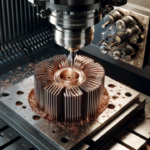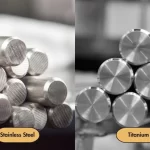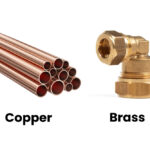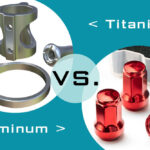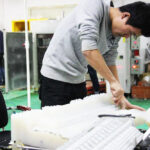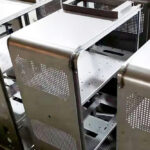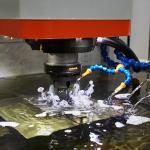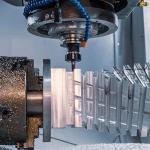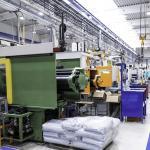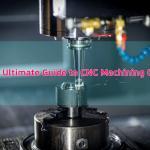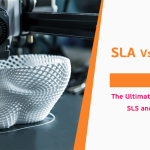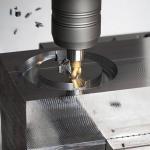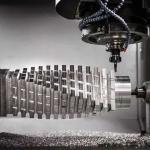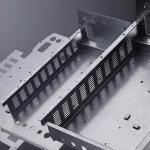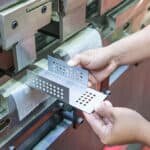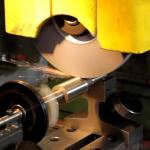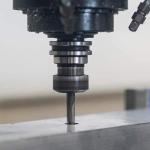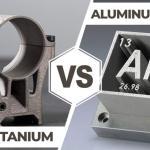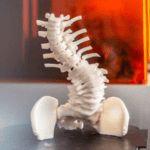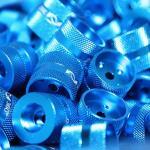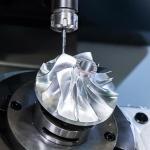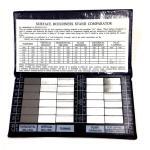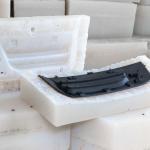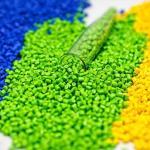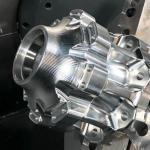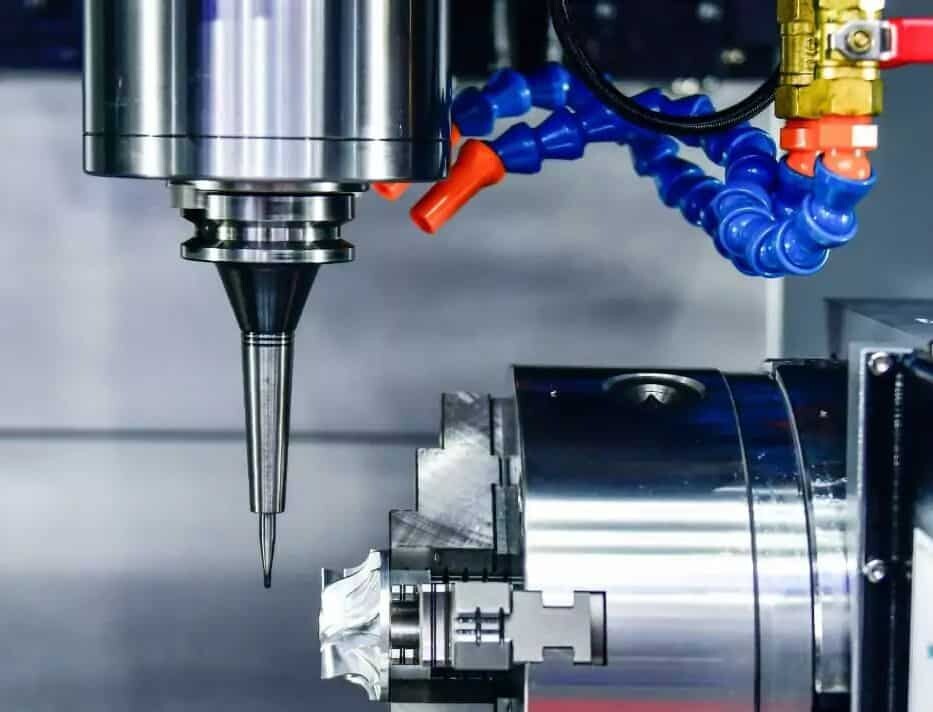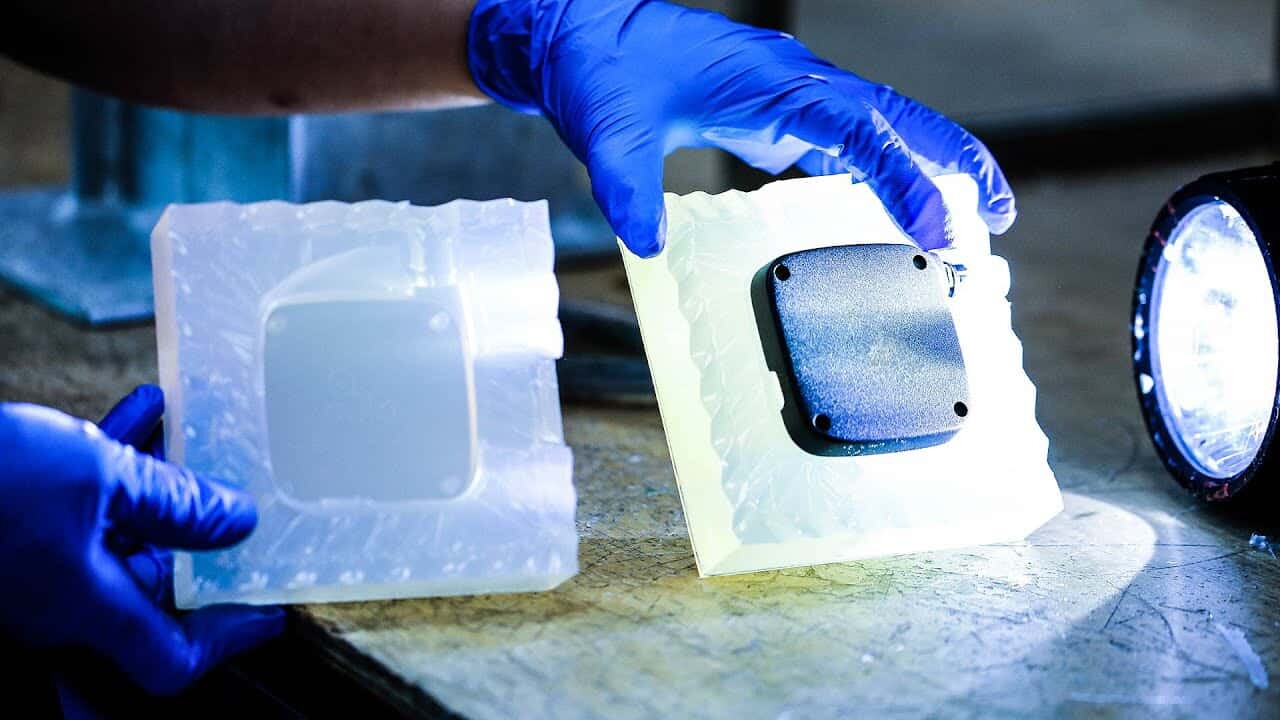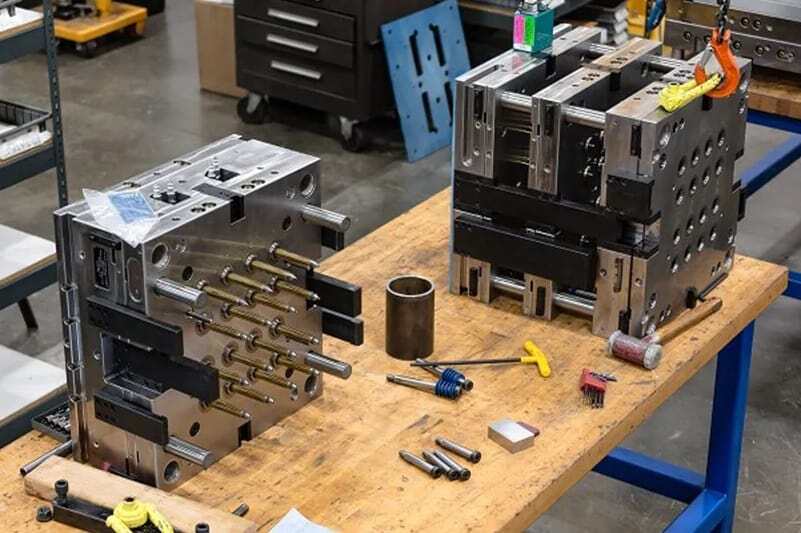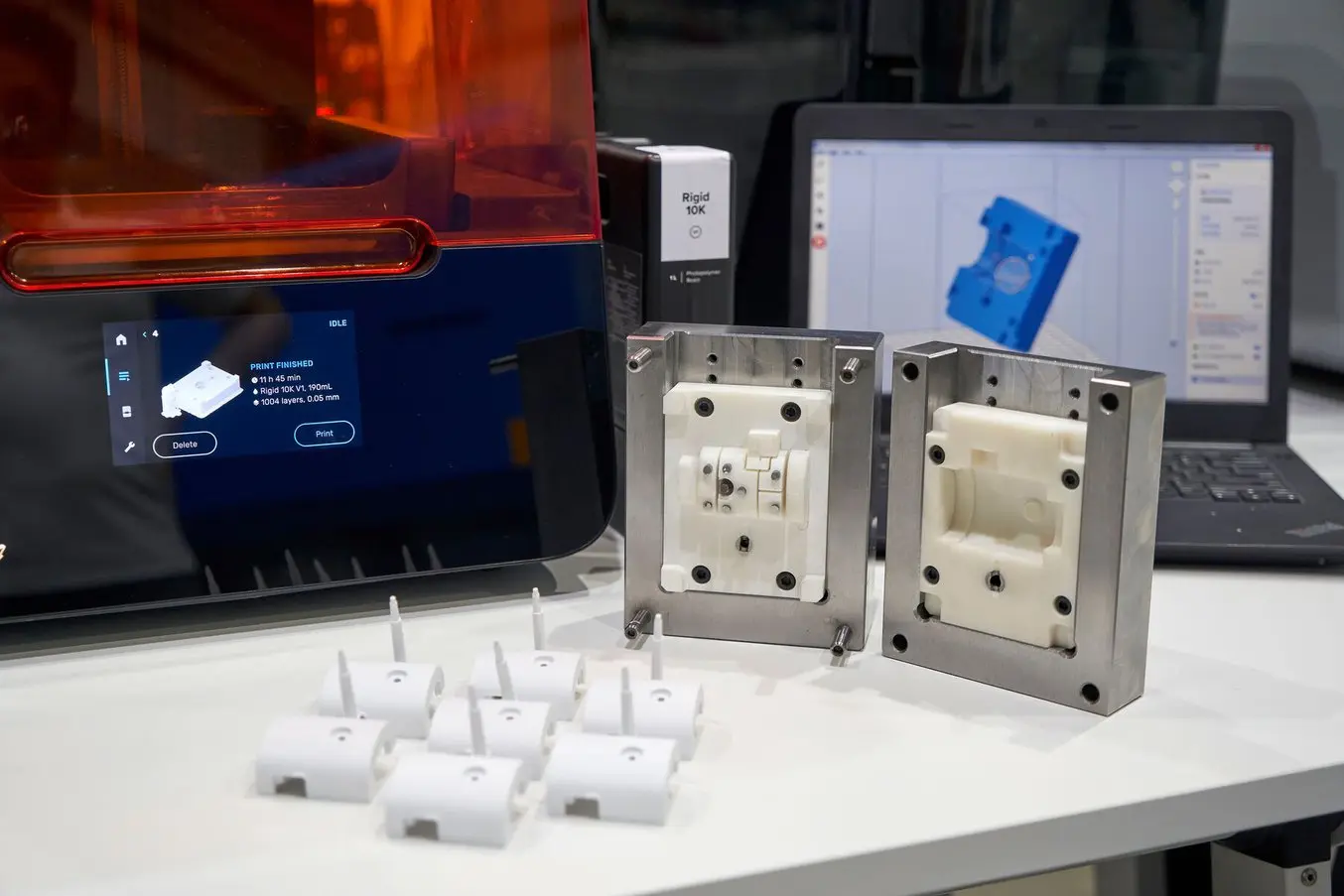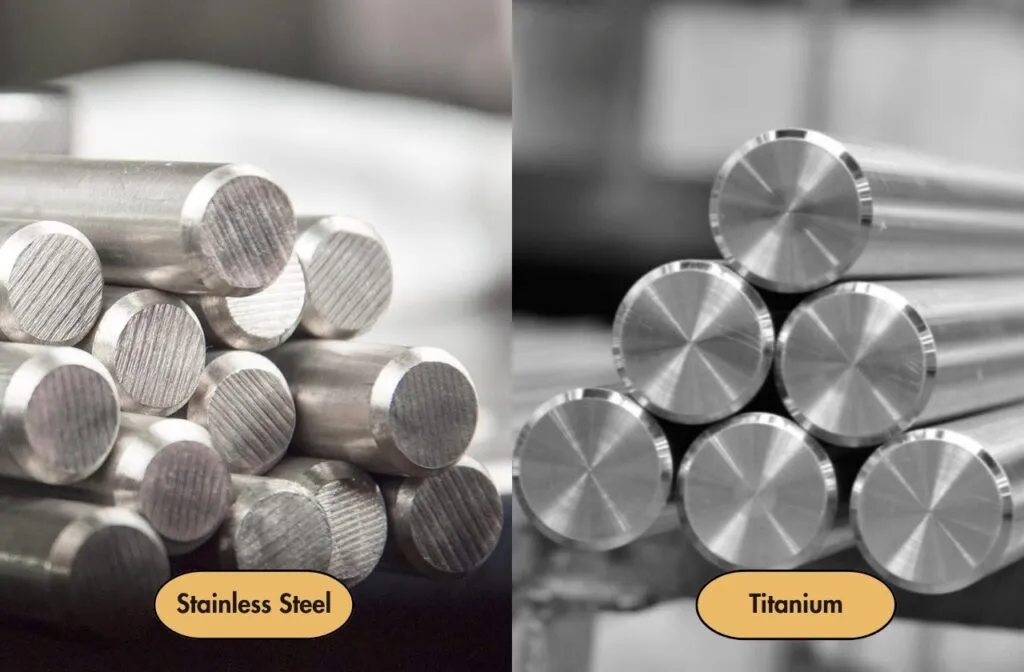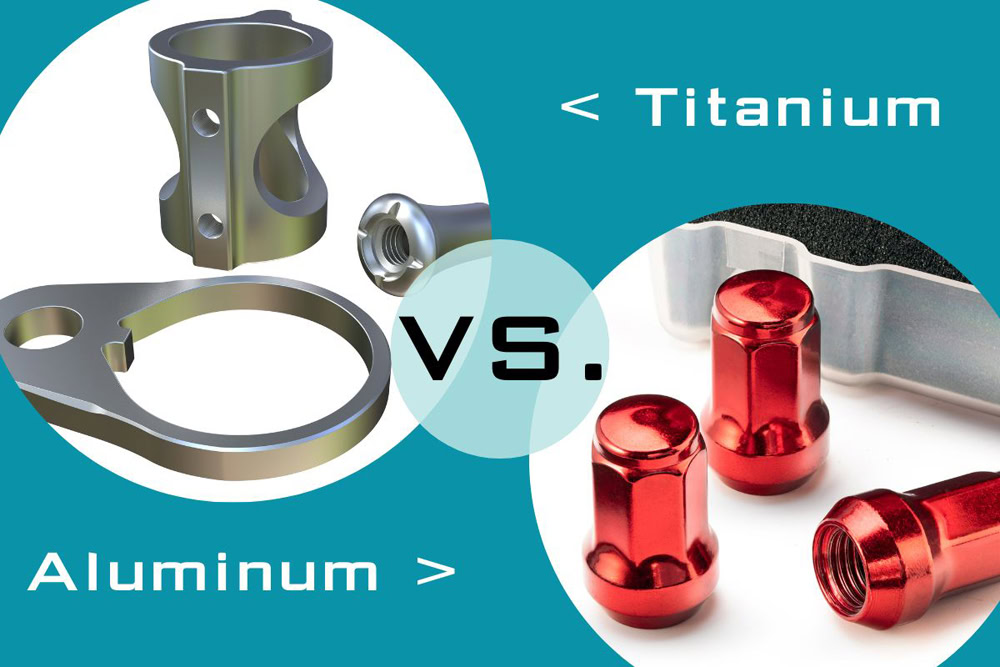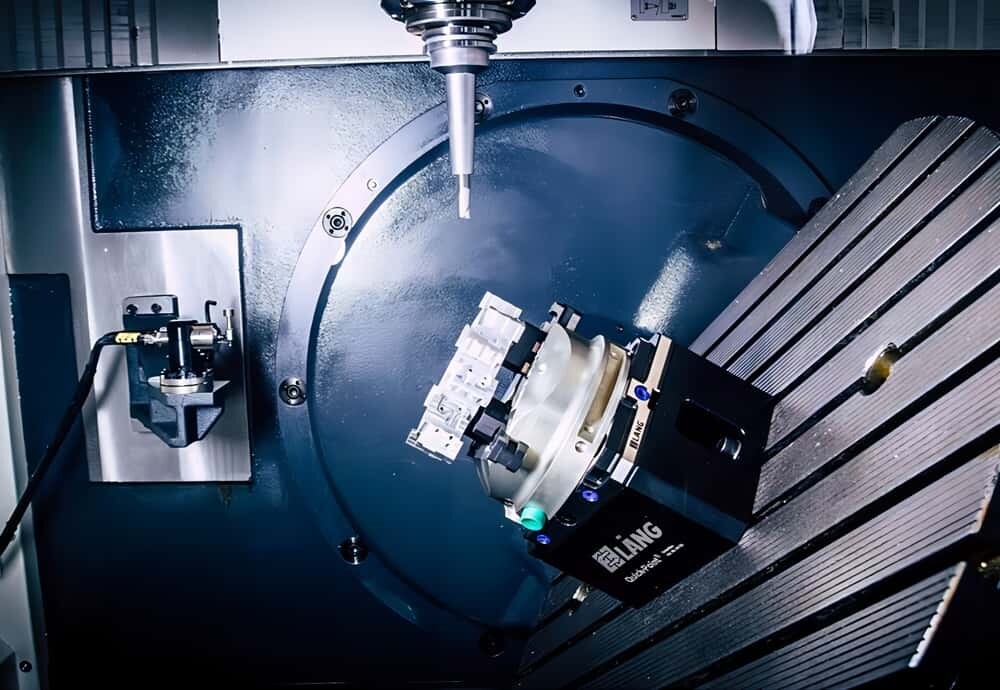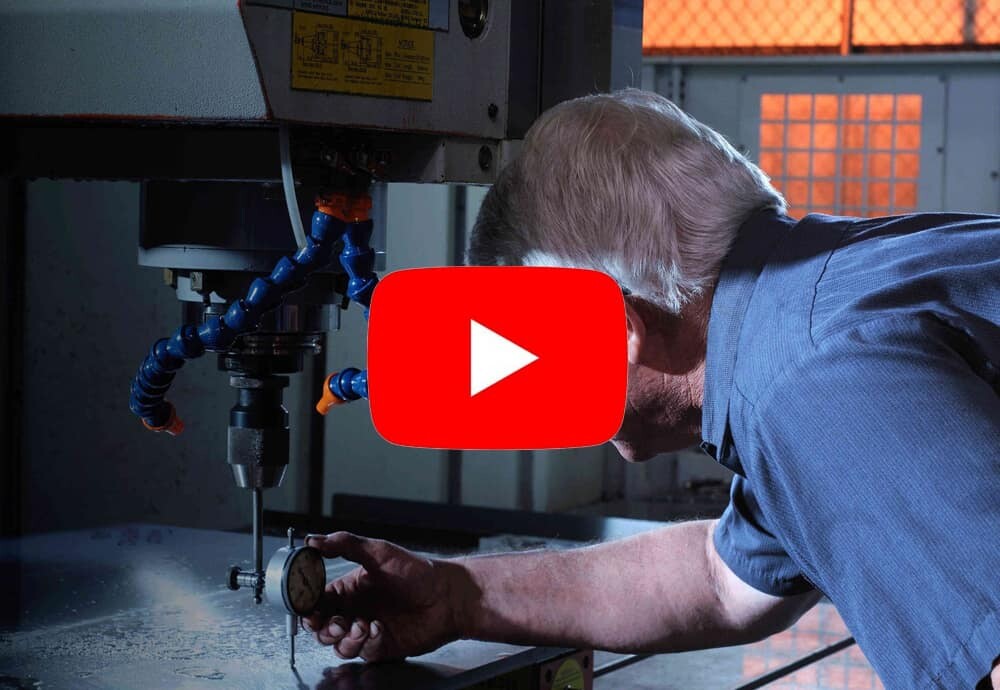Nylon (aka polyamide PA) is a strong engineering plastic and a widely used polymer in additive manufacturing, known for its resistance to heat, abrasion, friction and chemicals. Nylon’s semi-crystalline microstructure provides an excellent stiffness-to-flexibility ratio, and it can be combined or enhanced with other materials to improve its performance and characteristics. 3D printed nylon parts can be used in various fields, from textiles to medical prosthetics to aerospace parts.
Table of Contents
ToggleProduction and characteristics of nylon
Nylon first appeared in 1935 as nylon 6.6. It was developed by Wallace Carothers, who later worked at DuPont. The first nylon material was patented in 1937 and commercialized in 1938, and remains one of the most widely used plastic materials today. Nylon is mainly used in the textile industry for its flexibility and durability. It was first used in the production of women’s stockings in 1940. One of the most interesting properties of this material, even in 3D printing, is its flexibility. Nylon 6, on the other hand, was originally produced by Paul Schlack in the IG Farben laboratory and patented in 1941. All other forms of nylon came later.
In addition to those already mentioned, there are two types of nylon widely used in industry: PA11 and PA12. Interestingly, they are not only distinguished by a single carbon atom, but also have very different origins. PA11 is made from castor oil, a natural renewable resource, while PA12 is made from petroleum. There is much debate about the origin of nylon and its impact on the environment. If available, users would choose PA11 over PA12 due to its good properties for skin contact items. But it must be said that even PA11 is not completely environmentally friendly as there is usually nowhere to recycle it so it is thrown away like other types of plastic. When it comes to 3D printing, it’s important to note that nylon in powder form can be reused for multiple prints. In particular, the HP Multi Jet Fusion process is known to use polyamides such as PA12 and PA11 and has a higher usage rate compared to SLS technology.
Advantage
- tough and partially flexible
- high impact resistance
- No bad smell when printing
- Good wear resistance
Shortcoming
- Easy to warp
- Need airtight storage to prevent water absorption
- Improper drying of supplies can cause print defects
- Not suitable for wet environments
Why Use Nylon as a 3D Printing Material?
Ideal for prototype and functional parts such as gears and tools, nylon can be reinforced with carbon or glass fibers for strength, resulting in lightweight parts with excellent mechanical properties. However, nylon is not particularly stiff compared to ABS. Therefore, if your part requires stiffness, you will have to consider using additional material to strengthen your part.
Nylon has a high stiffness-to-flexibility ratio. This means that when printing thin walls your part will be flexible and when printing thick walls your part will be rigid. This is ideal for producing components such as living hinges with rigid parts and flexible joints.
Since parts printed with nylon typically have a good surface finish, less post-processing is required.
Combined with powder bed technologies such as SLS and Multi Jet Fusion, nylon 3D printing can be used to create moving and interlocking parts. This eliminates the need to assemble individually printed components and enables highly complex objects to be produced much faster.
3D printed nylon material
Nylon is available in powder or filament form, suitable for 3D printing technologies such as SLS, Multi Jet Fusion or FDM. Nylon is classified according to its chemical composition, particularly the number of carbon atoms it contains – the most well-known in the 3D printing market are undoubtedly PA12 and PA11, and PA6 for FDM. Nylon filament typically requires extrusion temperatures close to 250°C, however, due to its chemical composition, certain brands of nylon allow 3D printing at temperatures as low as 220°C. Many 3D printers do not contain hotends that can safely reach 250 ºC, so these lower temperature versions may be useful, and it may not be necessary to upgrade the hotend. A big challenge with nylon filaments is that they are hygroscopic, meaning they easily absorb moisture from their surrounding environment. After printing nylon absorbs moisture, it will cause some print quality problems, so the storage of consumables becomes very important and requires special attention.
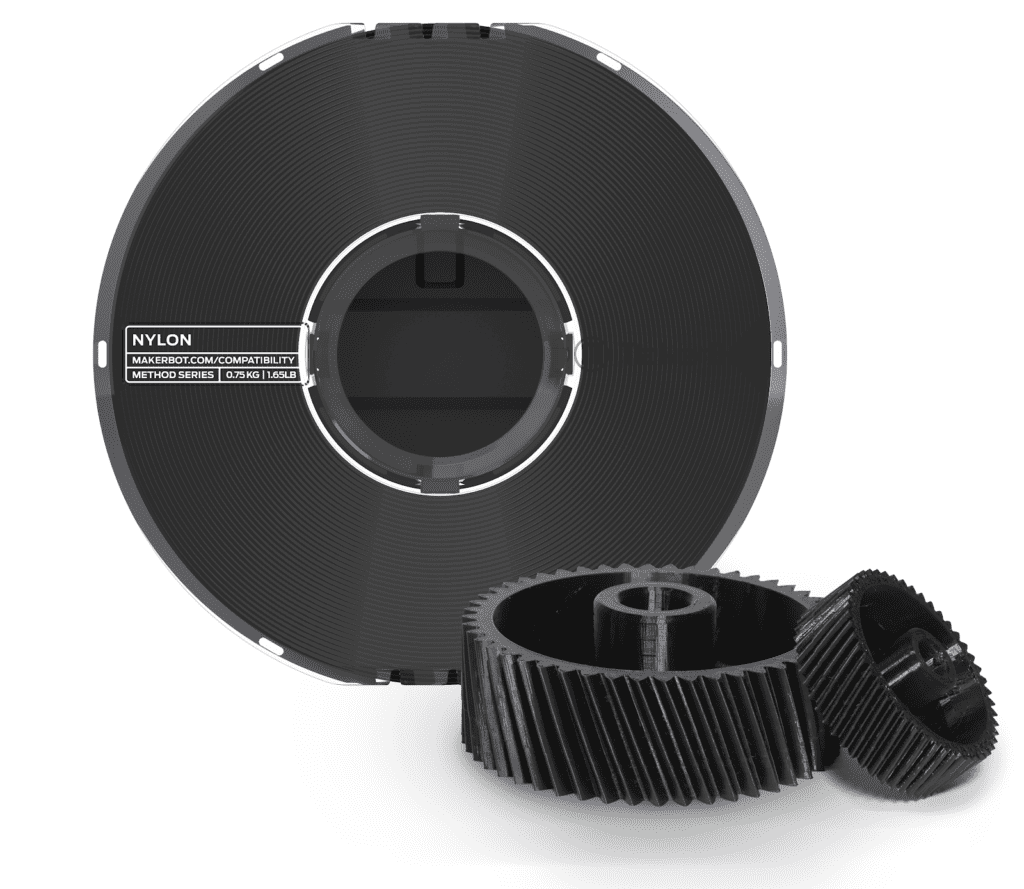
For powdered nylon, the most commonly used nylon is PA12. It is favored for its very high mechanical and thermal properties: it is very hard, strong even at very low temperatures, stress-resistant and has a low moisture content. Furthermore, it is easy to post-process (paints, dyes, etc.). PA11 is also available in powder form and shares many of the same properties as PA12, but has some important differences. It has good thermal stability, light resistance and UV resistance, and good elasticity. Parts printed with PA11 are also more durable, making it an ideal material for producing functional prototypes or final parts with important mechanical properties. But it is worth noting that PA11 absorbs more water than PA12.
Applications of Nylon in 3D Printing
Nylon’s flexibility and strength make it ideal for automotive parts, such as making parts that resist friction and deformation. It is also used to make gears, hinges, and as a replacement for some plastics used in injection molding. Plus, it’s biocompatible, meaning it could be used to make prosthetics and other parts that come in contact with the skin. Nylon parts can also be used in aircraft: for example, American company Metro Aerospace recently unveiled 3D-printed glass-filled nylon microblades designed to reduce drag. With this 3D printing process, Metro Aerospace was able to ensure the consistency of its flight-grade components, making it easier to obtain FAA approval. . It can also be easily painted for an even more attractive look.
Nylon and polyamide-based composites are best suited for use with powder bed 3D printing techniques such as selective laser sintering (SLS) and multi-jet fusion (MJF), and there are many different types on the market. The nylon material is also available in filament form for use in FDM 3D printers. However, using nylon filaments in FDM can be more difficult due to high printing temperatures and warpage issues.
SLS
Nylon powders are widely used in the SLS printing process, with polyamide 11 (PA11) and polyamide 12 (PA12) being the two most commonly used polyamides. PA11 has excellent UV and impact resistance, while PA12 has higher strength and stiffness. There are also various composite materials, such as glass, carbon fiber and aluminum-reinforced polyamides, which can provide higher mechanical properties. Currently, SLS is the most reliable technology for nylon 3D printing, although Multi Jet Fusion technology offers higher speeds and better dimensional accuracy.
Multi Jet Fusion
HP’s Multi Jet Fusion technology supports a range of nylon 3D printing materials, namely PA11, PA12 and HP 3D High Reusability PA 12 Glass Beads (40% glass bead filled polyamide material). MJF’s nylon powder is highly reusable, as excess powder (up to 70%) can be recycled and reintroduced into the printing process without compromising the mechanical properties of the part.
Fused Deposition Modeling
While FDM can be used to 3D print nylon, nylon requires higher printing temperatures than many FDM extruders can handle. Compared to SLS and MJF, FDM nylon filaments are not widely used in industrial applications, but there are still several FDM 3D printers on the market that are optimized for this use case. For example, Markforged offers its proprietary Onyx material. Onyx, a ylon and microcarbon fiber composite that produces tough, heat-resistant parts suitable for end-use applications, is said to be 1.4 times stronger and stiffer than ABS parts.
Precautions for 3D printing nylon parts
multi-jet fusion
HP Multi Jet Fusion (MJF) technology prints quickly, captures more intricate details in designs, and delivers high dimensional accuracy. During this process, the MJF printer distributes a layer of powder onto the build platform. A chemical flux is then sprayed on top of each new layer of powder to help the powder absorb the energy of the printer’s infrared light and form the final part.
There are several key considerations for 3D printing nylon with MJF:
- You must design the part with a wall thickness of at least 1mm. However, if you are designing a living hinge, the minimum wall thickness should be 0.3mm.
- The minimum thickness of the wall and the minimum distance between two features (also known as the channel gap) should be 0.762 mm.
- You should always include escape holes in your design to remove nylon powder after printing.
Also, when using nylon for powder bed additive manufacturing processes, make sure your design includes enough space between features and avoid designing large or flat parts. If you don’t, your final part will be prone to warping.
Fused Deposition Modeling
While nylon and nylon-based composites are best suited for additive manufacturing processes like MJF and selective laser sintering (SLS), you can also 3D print nylon using fused deposition modeling (FDM). With FDM, nylon filaments are melted, and the molten material is extruded through a nozzle onto a platform. The part is then built layer by layer.
When 3D printing nylon filament, keep in mind:
- Unlike MJF, you may need to include support structures in your design.
- Warping can be minimized by preheating the platform, turning off the printer's cooling fans, or using a printer with a heated chamber or enclosure.
- Your printer needs to have an all-metal hot end that can handle temperatures above 250°C and a bed that can go up to 65°C.
In addition, nylon absorbs a lot of moisture from the air, which can lead to poor interlayer adhesion, rough surfaces, microscopic holes and air bubbles. Special measures must be taken to keep the nylon material free from moisture to avoid these problems.
3D printed nylon parts from AN-Prototype
Keeping these tips and design considerations in mind can help you create functional 3D printed nylon parts. If you plan to use nylon for your next 3D printing project, consider working with an experienced fabricator to simplify and speed up the process and ensure the best possible results.
When you work with AN-Prototype, our team of design experts will ensure your designs are optimized for manufacturing and print your parts using the latest additive technologies. Ready to 3D print high-quality nylon parts quickly and cost-effectively, contact us today.



